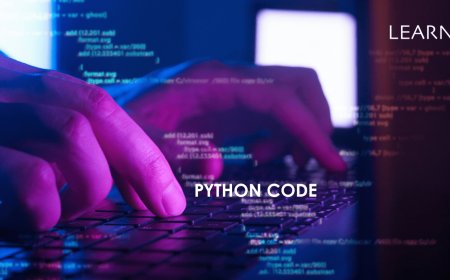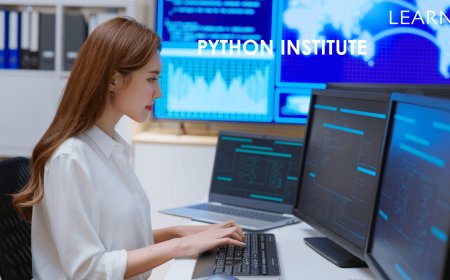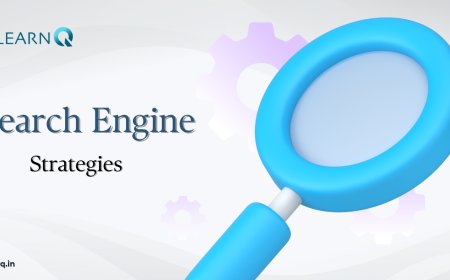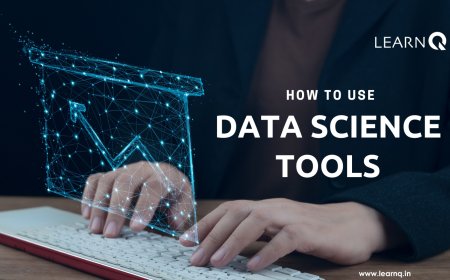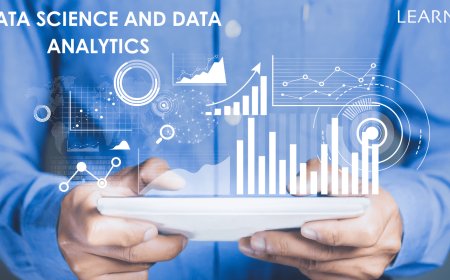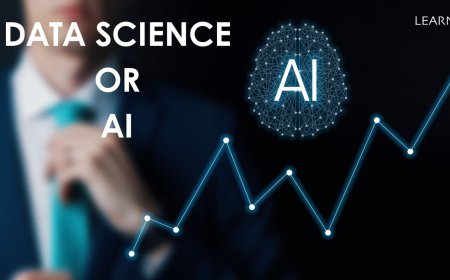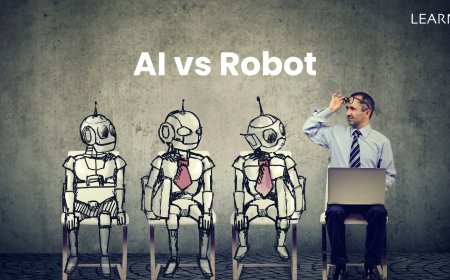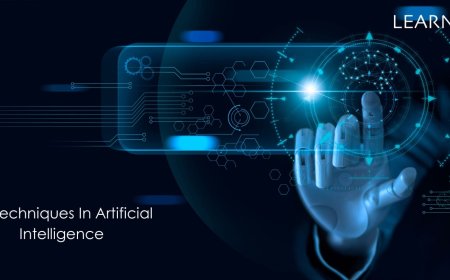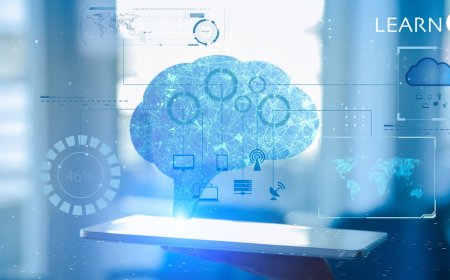Python is important for making decisions based on data. With Python, people can do a lot of cool stuff with data, like figuring out trends and making predictions. Lots of pros and hobbyists use Python because it's versatile and has a bunch of helpful tools called Python libraries and frameworks. Let's break down what makes Python so great for data stuff. There are these things called libraries, like NumPy and Pandas, which help people work with data more easily. They can do things like organize data and make it easier to understand. Then there are tools like Matplotlib, which help visualize data, making it easier to see patterns and trends. And when it comes to building smart computer programs that can learn from data (that's called machine learning), Python is the go-to language. There are special frameworks like TensorFlow and PyTorch that make it easier for people to build these kinds of programs. But Python isn't just for data science. It's also really handy for making websites. There are frameworks like Django and Flask that make it easier to build websites quickly and make them work well.
So, when we talk about Python and data stuff, we're not just talking about looking at numbers. We're talking about a whole world of possibilities, from analyzing data to building cool apps and websites.
Becoming a Data Science Pro with Python: Your Ultimate Guide
Using it right can open up tons of cool opportunities, which is why data science is so awesome these days. And when it comes to data science, Python is like your best friend. It's easy to use, can do a lot of different things, and has some really powerful tools that make it perfect for data stuff. So, let's dive into the world of data science using Python, checking out all the cool stuff it can do and why it's such a big deal in programming these days. One big reason why Python is so popular for data science is because it has a bunch of tools and frameworks made just for dealing with data. Whether you're cleaning up data, making cool graphs, or training fancy machine learning models, Python's got you covered. It's got libraries like NumPy, Pandas, matplotlib, and sci-kit-learn that make handling data easy and fun. These tools give data scientists all they need to work with data efficiently and find important insights.
If you're just getting started with data science and Python, tutorials are your best friends. They're like guides that teach you everything you need to know, from the basics of Python programming to the more advanced stuff like machine learning. Whether you're new to coding or you've been doing it for a while, Python tutorials can walk you through step by step, helping you become a pro at using Python for data science.
But Python isn't just for data science – it's used in lots of other cool things too! You can build websites with it using frameworks like Flask and Django or do scientific computing. And if you're into making super-smart machines, Python's got you covered there too, with libraries like TensorFlow and PyTorch. Learning data science with Python opens up a ton of job opportunities in all sorts of tech industries.
Learning Data Analysis with Pandas: A Simple Python Guide
When it comes to working with data in Python, Pandas is a really useful tool. Whether you're new to Python or already know a bit, getting good at Pandas can help you do all sorts of cool stuff with data.
Easy Python Lessons:
Python is a popular language because it's easy to learn and can do a lot of different things. There are tons of libraries and tools for different tasks, especially in data science. Pandas is one of these libraries, and it's great for working with data.
Python Tools for Data Work:
Pandas is just one of the many tools Python has for working with data. It works well with other libraries like NumPy, Matplotlib, and SciPy These tools together make Python powerful for things like analyzing data, making graphs, and doing stats.
What's Pandas All About?:
Pandas are mainly about two things: Series and DataFrame. Series is like a list with labels, and DataFrame is like a table you'd see in a database. With Pandas, you can use these structures and lots of built-in functions to clean up data and learn from it.
Python for Data Work:
If you're into data stuff, knowing Python is a must. From getting data ready to using fancy machine-learning tools, Python is the go-to language. Getting good at Python and knowing how to use Pandas can make working with data much easier.
How to Use Pandas for Data Work
Here's a step-by-step guide on how to do data work using Pandas:
1. Getting Data: Pandas can read data from lots of different sources, like CSV files or databases. You can use `read_csv()` to bring data into Pandas.
2. Checking Out Data: Before diving in, it's good to see what your data looks like. Pandas have functions like `head()` and `info()` for this.
3. Cleaning Data: Data isn't always perfect. Pandas have tools like `fillna()` and `dropna()` to deal with missing or messy data.
4. Messing with Data: You can change your data however you want using Pandas. You can pick certain parts, make new columns, and more.
5. Analyzing Data: Pandas have lots of math functions for learning from data. You can group data, find averages, and more.
6. Making Graphs: Once you've learned from your data, you can show it off with graphs. You can use libraries like Matplotlib and Seaborn with Pandas to make cool graphs.
Mastering Data Visualization with Matplotlib and Seaborn: A Python Tutorial
When it comes to working with data in Python, making cool charts is important. It's not just about numbers it's about showing off your insights in a way that's easy to understand and looks great. Two really powerful tools for this in Python are Matplotlib and Seaborn. They're like a superhero duo for making your data look amazing.
Getting Started with Matplotlib:
Matplotlib is like the go-to buddy for creating all sorts of charts in Python. It's really popular because it's versatile and not too hard to use. You can make line charts, bar charts, histograms, and all sorts of other cool things.
To start using Matplotlib, just tell your Python code that you want to use it, and then start drawing your chart. For example:
import matplotlib.pyplot as plt
Sample data:
x = [1, 2, 3, 4, 5]
y = [2, 4, 6, 8, 10]Create a line plot
plt.plot(x, y)
plt.xlabel('X-axis')
plt.ylabel('Y-axis')
plt.title('Simple Line Plot')
plt.show()This little piece of code makes a simple line chart using Matplotlib. It's easy to read and shows how powerful Matplotlib is.
Discovering Seaborn:
Seaborn is like Matplotlib's stylish friend. It takes what Matplotlib does and makes it even cooler. Seaborn is awesome because it makes fancy charts with just a few lines of code. It's like magic for data visualization.
One cool thing about Seaborn is how it can make complex charts look easy. For example, you can make a heatmap to show how different things are related:
import seaborn as sns
import pandas as PD
# Sample data
data = pd.DataFrame({
'A': [1, 2, 3, 4],
'B': [4, 3, 2, 1],
'C': [2, 3, 5, 7]
})
# Create a heatmap
sns.heatmap(data.corr(), annot=True, cmap='coolwarm')
plt.title('Correlation Heatmap')
plt.show()With just a few lines, Seaborn creates a stunning heatmap that shows the connections between different things in your data.
Making Your Visualizations Pop:
Matplotlib and Seaborn are not just about the basics. You can make your charts look exactly how you want. Change colors, add cool styles, and put in notes and captions. The possibilities are endless. Also, these tools work really well with other Python tools like Pandas for handling data and NumPy for doing math stuff.
Let's Start Learning Machine Learning with Python.
Are you interested in artificial intelligence and want to learn about Machine Learning (ML)? Great! This beginner's guide will help you dive into the world of Machine Learning with Python. We'll explore what Machine Learning is and why Python is a popular choice for it.
Understanding Machine Learning with Python
Machine Learning is a part of artificial intelligence that teaches computers to learn and improve from experience without needing to be explicitly programmed. Python is a programming language that's good for this. It's easy to understand and can do a lot of different things. That's why many people use Python for Machine Learning.
Why Python for Machine Learning?
Python is popular for Machine Learning for a few reasons. First, it's easy to read and understand. Whether you're new to programming or have been doing it for a while, Python's way of writing code is clear and simple. Also, Python has a bunch of libraries that are made just for Machine Learning. These libraries help with different tasks, like working with data or building complex models. They make it easier for you to turn your ideas into real machine-learning projects.
Getting Started with Python for Machine Learning
If you're new to Python, don't worry! Here's a quick look at some basic things you need to know:
Python coding basics
print("Hello, World!") # Print statement
x = 5 # Variable assignment
y = 10
sum = x + y # Addition
print("Sum:", sum)# Importing libraries
import numpy as np
import pandas as pdCreating arrays with NumPy
array = np.array([1, 2, 3, 4, 5])
print("Array:", array)Loading data with Pandas
data = pd.read_csv('data.csv')
print("Data:", data.head())Machine Learning Basics
In Machine Learning, data is really important. Before you start using fancy algorithms, you need to understand some basic concepts. Here's a simple guide to help you:
- Supervised Learning: This is when the computer learns from data that's labeled with the correct answers. It uses this data to make predictions or decisions. Examples include things like predicting house prices or classifying emails as spam or not spam.
- Unsupervised Learning: Here, the computer learns from data that doesn't have labels. It tries to find patterns or groups in the data on its own. Clustering data into groups or reducing the number of features in a dataset are examples of unsupervised learning.
- Deep Learning: This is a type of Machine Learning that's inspired by how our brains work. Deep Learning uses artificial neural networks to learn from data. It's really good for things like image recognition or understanding language.
- Reinforcement Learning: In this type of learning, the computer learns by trying out different actions in an environment. It gets feedback in the form of rewards or penalties, which helps it figure out the best actions to take.
Python is the best language for working with data. It has lots of tools and libraries that help people understand complicated data. With Python, you can do everything from changing data to showing it in graphs and even making predictions with machine learning. It's easy to learn and very useful for people in many different jobs. When you use Python, you can get the most out of your data, which helps you make better decisions and be more successful. As technology gets better, Python will become even more important for working with data. So, if you want to analyze data and find important information, learn Python and get started on your data science journey.
